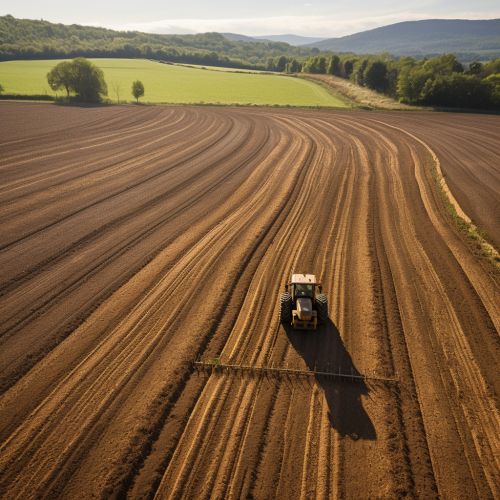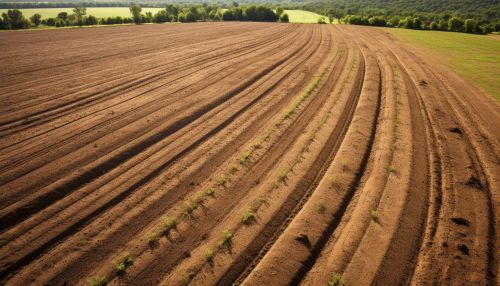The Chemistry of Soil Erosion and Conservation Practices
Introduction
Soil erosion is a natural process that involves the removal of the topmost layer of soil, which is rich in organic matter and nutrients, by various agents such as water, wind, and human activities. This process is a major concern in agricultural practices as it reduces the fertility of the soil, leading to decreased crop yield. The chemistry of soil erosion is a complex subject that involves understanding the interactions between soil particles and the erosive agents. On the other hand, soil conservation practices aim to minimize soil erosion and maintain soil health. These practices involve both physical measures and chemical methods.
Chemistry of Soil Erosion
Soil erosion is influenced by several factors, including the physical and chemical properties of the soil, climate, topography, and land use. The chemical properties of soil that affect erosion include soil texture, structure, organic matter content, and mineral composition.
Soil Texture and Structure
Soil texture refers to the relative proportions of sand, silt, and clay particles in a soil. Soils with a high proportion of sand are more susceptible to erosion by wind, while those with a high proportion of clay are more prone to erosion by water. Soil structure, which refers to the arrangement of soil particles into aggregates, also influences erosion. Well-aggregated soils are less prone to erosion as the aggregates are more resistant to dislodgement by erosive forces.
Organic Matter and Mineral Composition
The organic matter content of a soil can influence its susceptibility to erosion. Soils with high organic matter content are less prone to erosion as the organic matter helps to bind soil particles together, improving soil structure. The mineral composition of a soil can also affect its erodibility. For example, soils rich in iron oxides tend to be more resistant to erosion due to the cementing effect of these oxides.
Soil Conservation Practices
Soil conservation practices are strategies designed to prevent soil erosion, improve soil health, and enhance agricultural productivity. These practices can be broadly classified into physical measures and chemical methods.
Physical Measures
Physical measures for soil conservation include contour plowing, terracing, and the use of cover crops. Contour plowing involves plowing along the contours of a slope to reduce the speed of water runoff and thus minimize erosion. Terracing involves the creation of flat platforms on steep slopes to reduce the velocity of water runoff. Cover crops are plants grown to protect the soil from erosion by providing a protective cover.
Chemical Methods
Chemical methods for soil conservation involve the use of chemicals to improve soil structure and reduce erodibility. These chemicals, known as soil conditioners, include organic matter, lime, and gypsum. Organic matter improves soil structure by binding soil particles together, while lime and gypsum improve soil structure by displacing sodium ions, which can cause soil dispersion and increase erodibility.


